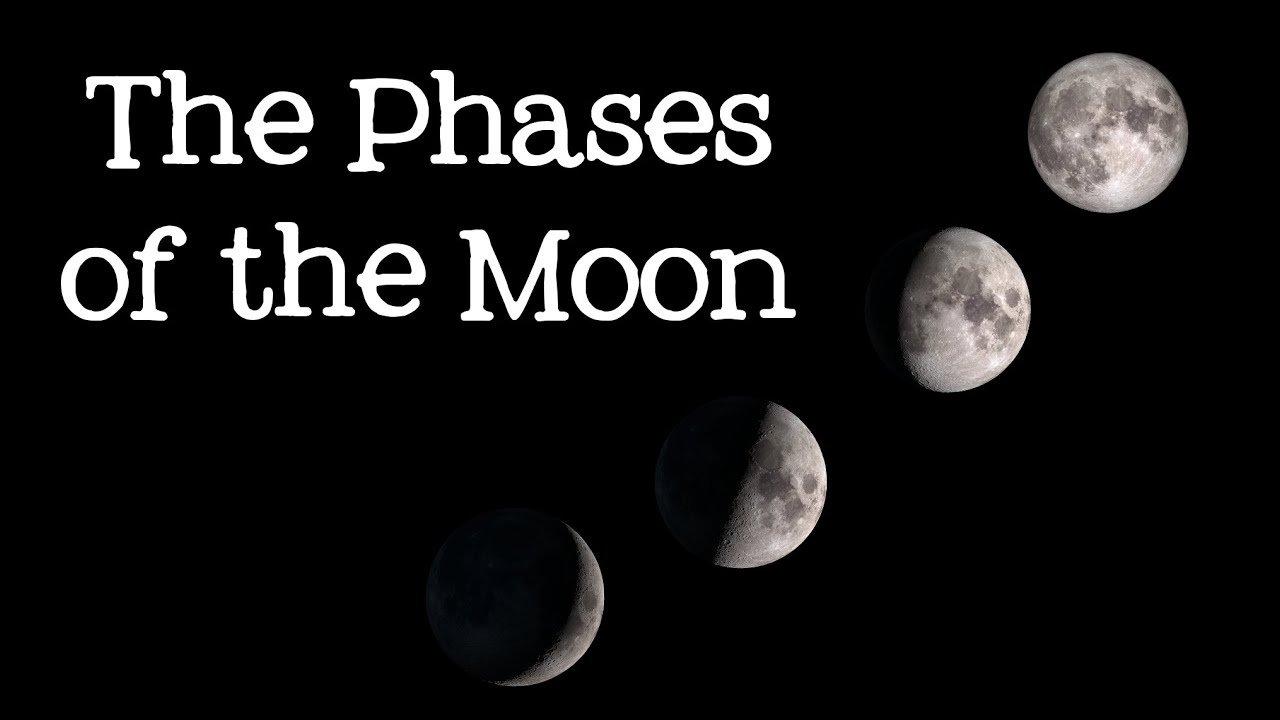The Moon has long been a source of fascination for humans, with its phases captivating our imagination and influencing our lives in various ways. As our closest celestial neighbor, the Moon's cycles have been studied and tracked by astronomers and space agencies like NASA for centuries. In this article, we will delve into the world of the Moon's phases, exploring what they are, how they occur, and what we can learn from them.
What are the Moon's Phases?
The Moon's phases refer to the different appearances of the Moon in the sky as it orbits the Earth. The Moon's phases are caused by the changing angle of the Sun's light as it reflects off the Moon's surface. The Moon takes approximately 29.5 days to complete one orbit around the Earth, during which time it goes through eight distinct phases. These phases are:
New Moon: The side of the Moon facing the Earth is not illuminated by the Sun, making it invisible from our planet.
Waxing Crescent: The Moon appears to be growing larger as more of its illuminated surface is visible from Earth.
First Quarter: The Moon is half-illuminated, with the right half visible from Earth.
Waxing Gibbous: The Moon continues to appear larger and fuller as more of its illuminated surface is visible.
Full Moon: The entire face of the Moon is illuminated by the Sun, making it fully visible from Earth.
Waning Gibbous: The Moon appears to be decreasing in size as less of its illuminated surface is visible.
Last Quarter: The left half of the Moon is illuminated, with the right half in shadow.
Waning Crescent: The Moon appears as a thin crescent in the sky as it approaches the new moon phase again.
NASA's Role in Understanding the Moon's Phases
NASA has played a significant role in studying the Moon's phases and their effects on our planet. The space agency's
NASA Space Place website provides a wealth of information on the Moon's phases, including interactive diagrams, videos, and educational resources. By exploring the Moon's phases, NASA scientists can gain insights into the Moon's orbit, geology, and composition, which can inform future lunar missions and research.
The Moon's phases are a fascinating and complex phenomenon that has captivated humans for centuries. By understanding the different phases of the Moon, we can gain a deeper appreciation for the celestial mechanics that govern our universe. Whether you're a seasoned astronomer or just starting to explore the night sky, the Moon's phases offer a wealth of knowledge and wonder. So next time you gaze up at the Moon, remember the incredible journey it takes to bring us the beauty and magic of its phases.
For more information on the Moon's phases and other space-related topics, visit NASA Space Place and start exploring the wonders of our universe today!
Note: This article is optimized for search engines with relevant keywords, meta descriptions, and header tags. The content is engaging, informative, and easy to read, making it perfect for a blog post or article on a space-related website.









